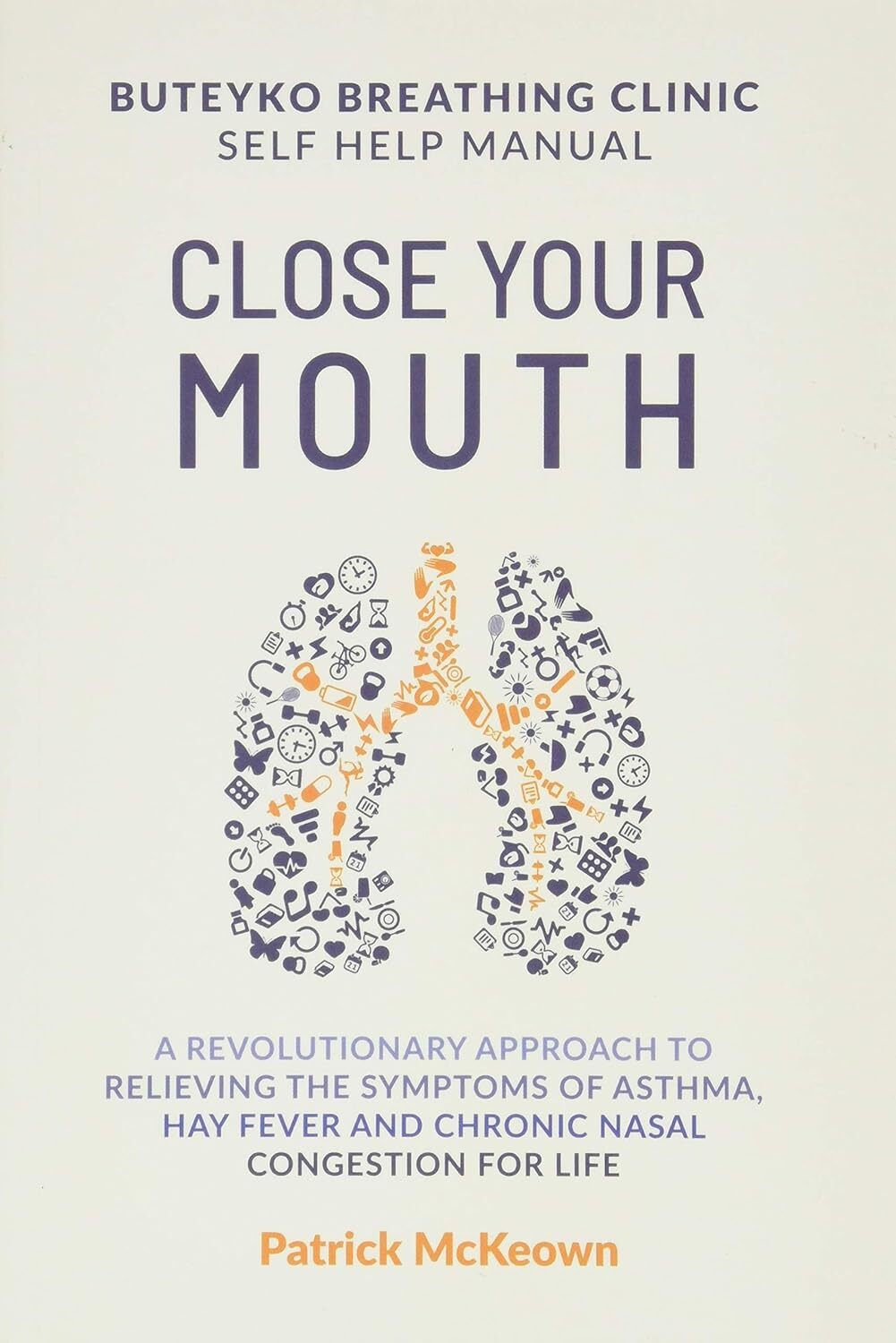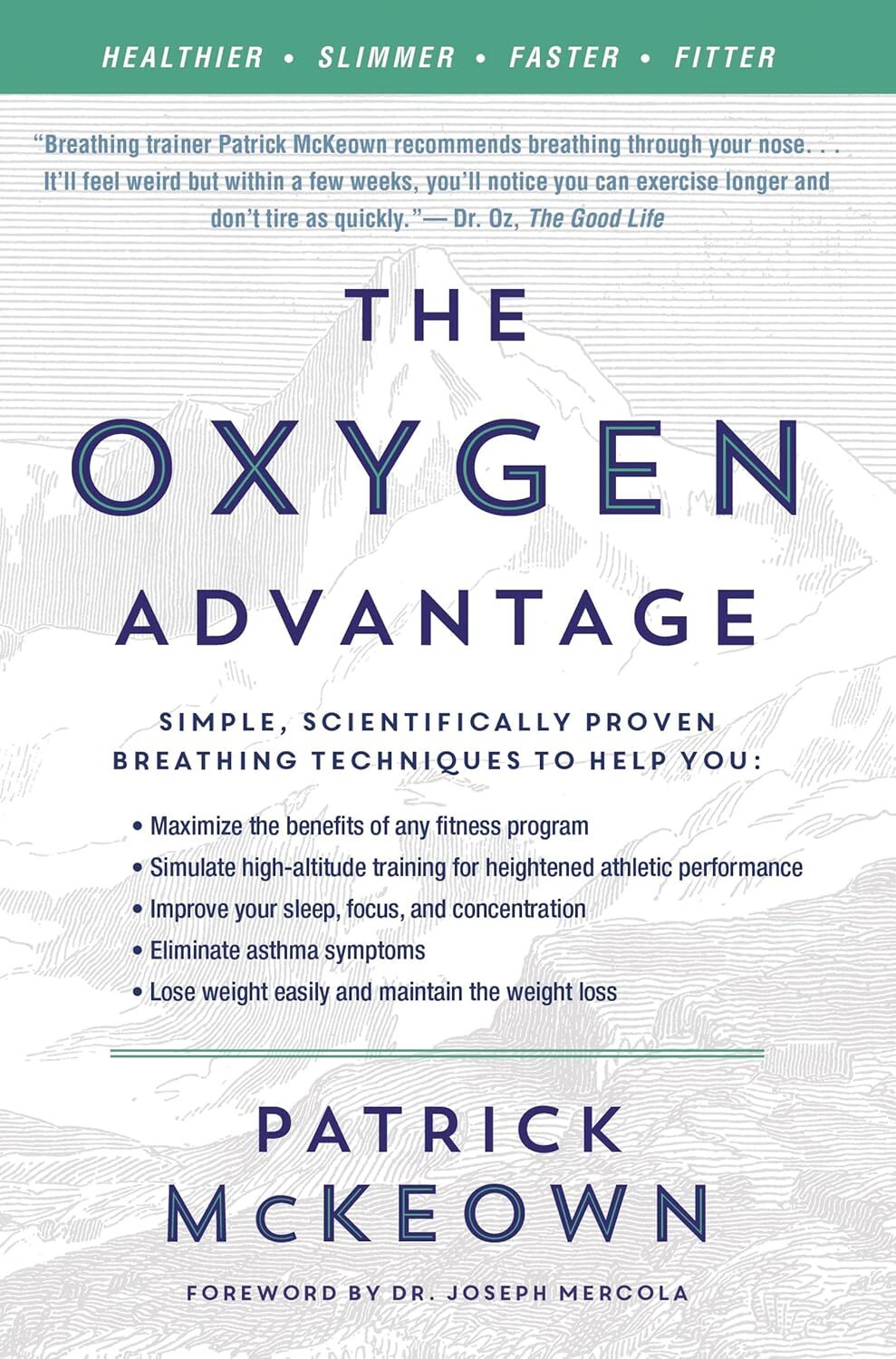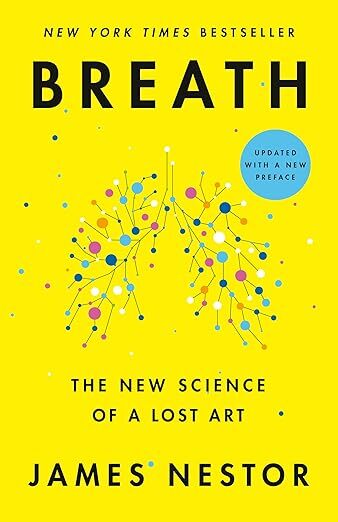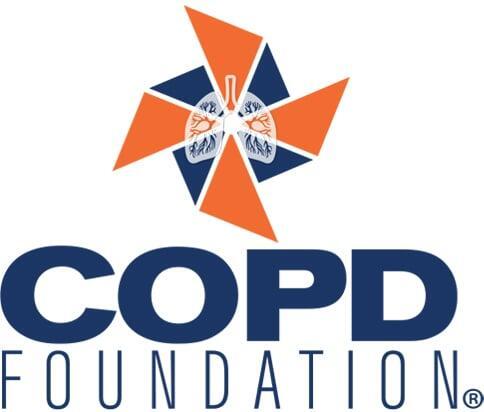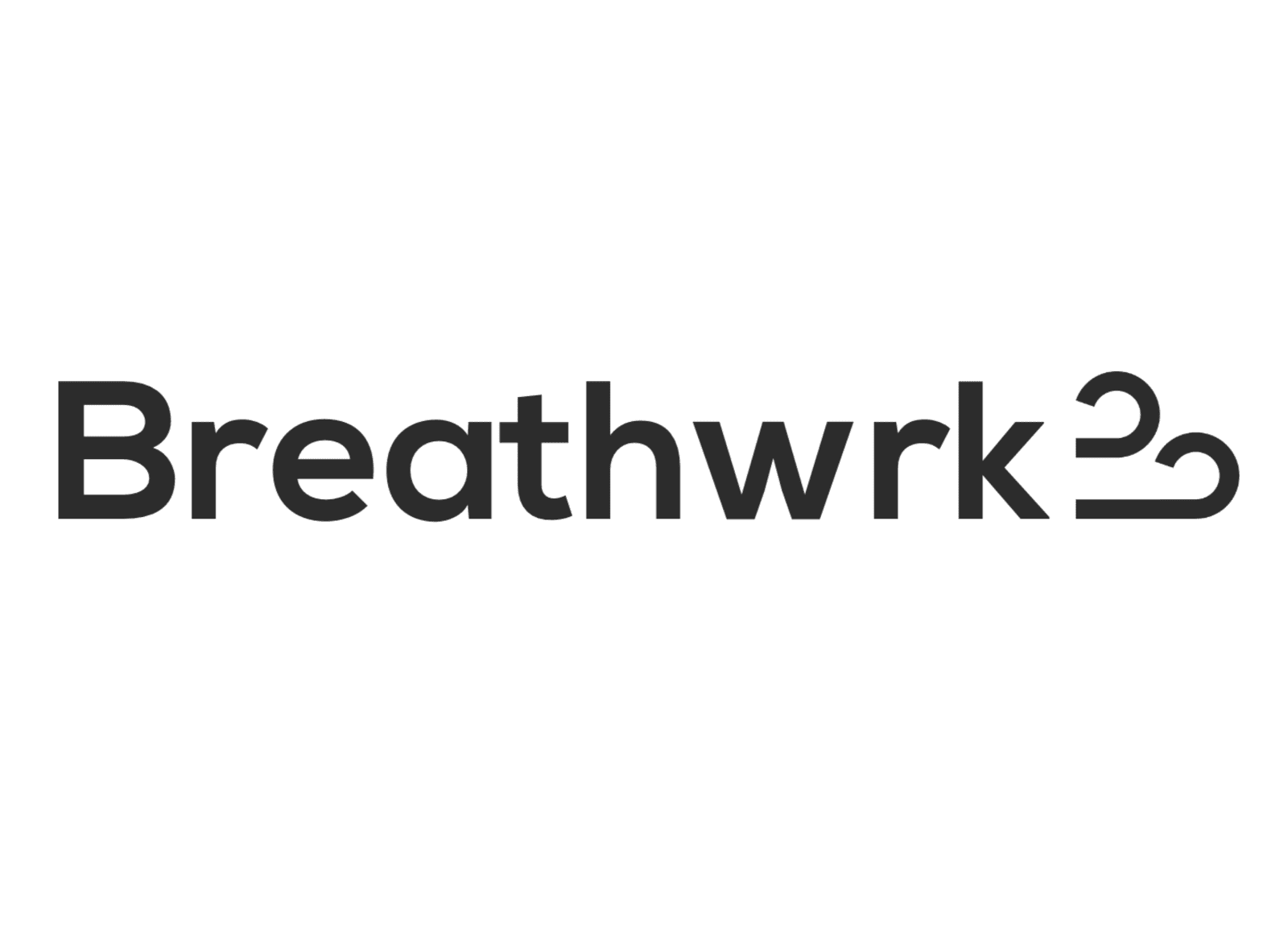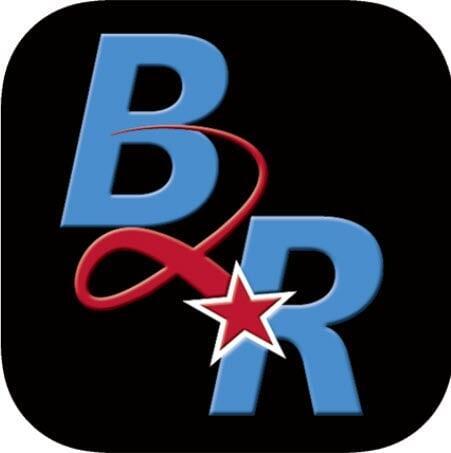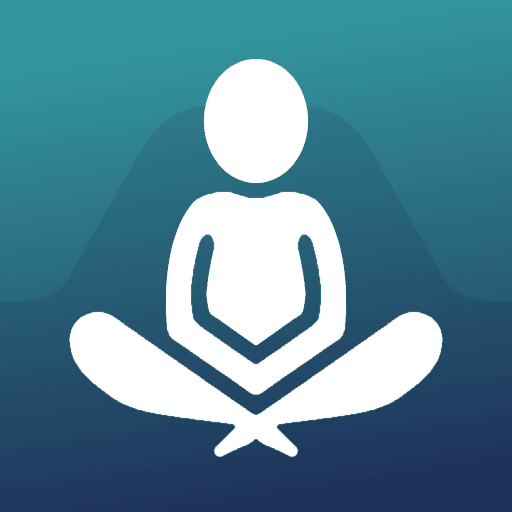Pursed Lip Breathing
Improve Lung Function and Reduce Stress with Controlled Exhalation
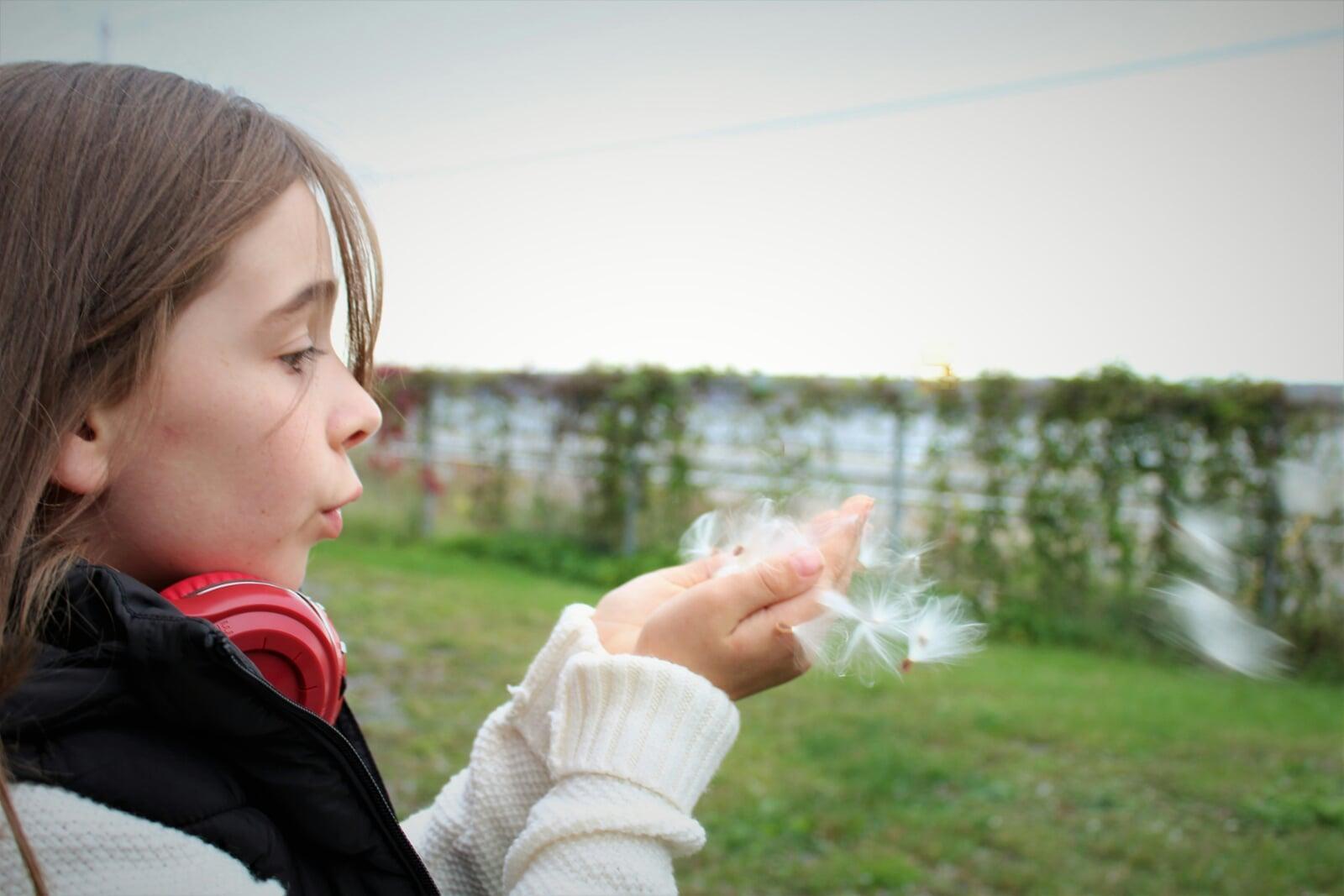
Introduction
Pursed Lip Breathing is a simple breathing technique that involves inhaling through the nose and exhaling slowly through pursed lips, as if whistling. This practice helps control shortness of breath, improve oxygen exchange, and promote relaxation. It is commonly used in pulmonary rehabilitation for conditions like COPD, asthma, and anxiety, enhancing lung efficiency and reducing the effort needed to breathe.
Why It Works
Pursed Lip Breathing works by slowing the breathing rate and creating positive pressure in the airways, which keeps them open longer and prevents collapse. It reduces air trapping in the lungs, improves ventilation, and enhances carbon dioxide expulsion, activating the parasympathetic nervous system for relaxation. Research indicates it can decrease dyspnea, lower respiratory rate, and improve exercise tolerance, particularly in individuals with chronic lung conditions, while also aiding in stress management and overall respiratory health.
How To Do It
Instructions:
Helpful Tips:
- Start Slow: Begin with shorter sessions if you're new to the technique.
- Be Consistent: Practice several times a day to build habit and improve effectiveness.
- Use During Activity: Apply it while walking or climbing stairs to manage breathlessness.
- Combine with Diaphragmatic Breathing: Pair with belly breathing for enhanced benefits.
- Monitor Your Breath: Count silently to maintain the 1:2 inhale-to-exhale ratio.
- Stay Relaxed: Avoid tensing your face or shoulders during exhalation.
- Personalize It: Adjust counts based on comfort, like 3 in and 6 out.
- Track Improvements: Note changes in breathlessness or energy levels over time.
Recommended Videos
Pursed Lip Breathing
American Lung Association
Pursed-Lip Breathing
National Jewish Health
Pursed Lip Breathing
Lung Health Foundation
Influential Books
A guide to Buteyko breathing methods incorporating pursed lip techniques to manage asthma and promote lung health.
There is nothing more essential to our health and well-being than breathing: take air in, let it out, repeat twenty-five thousand times a day. Yet, as a species, humans have lost the ability to breathe correctly, with grave consequences.
* As an Amazon Associate I earn from qualifying purchases.
Helpful Websites
Popular Apps
Scientific Research
- Yang, Y., et al. (2022). The effects of pursed lip breathing combined with diaphragmatic breathing on pulmonary function and exercise capacity in patients with COPD: a systematic review and meta-analysis. Physiotherapy Theory and Practice, 38(7), 847-857. https://pubmed.ncbi.nlm.nih.gov/32808571/
- Dodange, Z., et al. (2024). Comparison of the Effects of Diaphragmatic Breathing and Pursed-lip Breathing Exercises on the Sleep Quality of Elderly Patients with Chronic Obstructive Pulmonary Disease (COPD): A Clinical Trial Study. Therapeutic Advances in Pulmonary and Critical Care Medicine, 19, 29768675241302901. https://pubmed.ncbi.nlm.nih.gov/39640085/
- Alqadi, R. A., et al. (2025). The Effects of Pursed Lip Breathing Exercises on Patients' Post-Bronchoscopy Recovery Parameters: A Nurse-Led Quasi-Experimental Study. Nursing & Health Sciences, 27(1), e70070. https://pubmed.ncbi.nlm.nih.gov/39993969/
Related Topics:
Strongly Related
Reduce Stress:
[Links to related web pages]
[Links to related web pages]
[Links to related web pages][Links to related web pages]
Moderately Related
Issue B:
[Links to related web pages]
[Links to related web pages]

